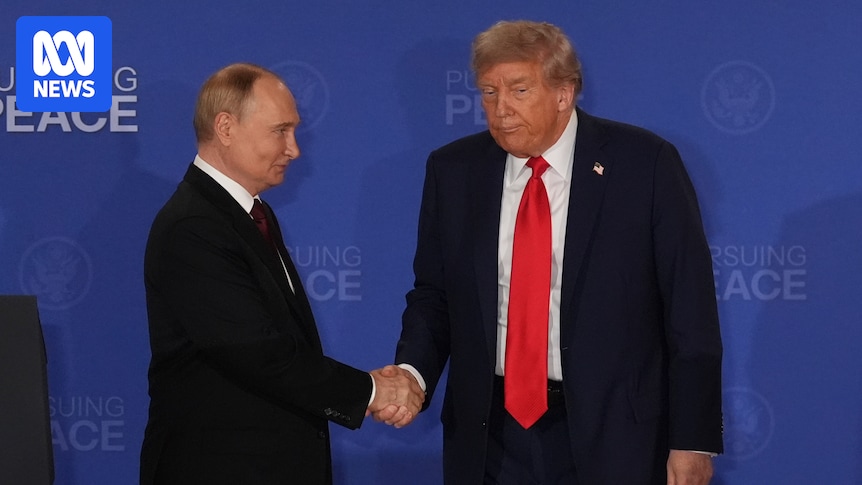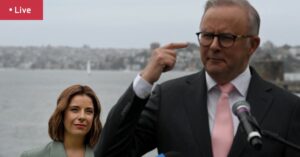
The recent summit in Alaska between Russian President Vladimir Putin and former U.S. President Donald Trump concluded without a ceasefire agreement for the ongoing conflict in Ukraine. This outcome underscores Putin’s adeptness in international diplomacy, as he navigated yet another high-stakes meeting with a U.S. leader.
The meeting, held at the Elmendorf-Richardson U.S. military base in Anchorage, was marked by a display of cordiality between the two leaders. However, the lack of any substantive agreement highlights the complexities of the geopolitical landscape surrounding the Ukraine conflict.
Putin’s Strategic Mastery
Vladimir Putin, a former KGB operative, has long been recognized for his strategic acumen. His ability to charm and engage in psychological warfare was evident as he greeted Trump with a smile and humor. This meeting was a stark contrast to the previous year’s calls by then-President Joe Biden for Putin’s arrest on alleged war crimes.
Images from the summit showed Putin and Trump sharing a limousine, an image that is likely to become iconic. Despite the warmth of their public interactions, the underlying tensions of the Ukraine conflict remained unresolved. Putin’s insistence on continuing Russia’s military actions in Ukraine was clear, as he reiterated the need to “eliminate all the primary causes” of the war, a veiled reference to NATO’s presence near Russian borders.
The Summit’s Outcomes
The joint news conference, devoid of any questions, revealed two critical points from Putin. Firstly, his unwavering stance on NATO’s encroachment as a justification for the invasion of Ukraine. Secondly, his invitation to Trump for a subsequent meeting in Moscow, a move that could potentially sideline Ukraine’s President Volodymyr Zelenskyy.
Putin also discussed potential economic cooperation between Russia and the U.S., bringing a delegation of economic advisers to the summit. This indicates Russia’s interest in leveraging the meeting for economic gains, despite the ongoing conflict.
“A few phone calls” was Trump’s response to the lack of a ceasefire agreement, a phrase that may haunt historians analyzing the summit’s impact on the Ukraine war.
Trump’s Disappointment
Donald Trump, known for his verbosity, was notably brief in his remarks, speaking for just three and a half minutes. His silence was telling, as he had expressed on Air Force One that a failure to secure a ceasefire would leave him “very unhappy.” The lack of progress was evident, with Trump reduced to promising to make “a few phone calls” to NATO and Zelenskyy.
The absence of a ceasefire agreement and the failure to secure a meeting between Putin and Zelenskyy were significant setbacks for Trump. The summit, intended as a diplomatic breakthrough, instead highlighted the deep divisions between the leaders on the Ukraine issue.
Implications and Future Prospects
The summit’s outcome is a clear victory for Putin, who managed to maintain Russia’s aggressive stance in Ukraine while opening the door for potential economic discussions with the U.S. The presence of Kirill Dmitriev, head of the Russian Direct Investment Fund, at the summit underscores Russia’s focus on economic opportunities.
For Trump, the meeting was a missed opportunity to broker peace in Ukraine. The lack of a ceasefire agreement or any substantial progress leaves the conflict unresolved, with Russia continuing its territorial ambitions.
The historical parallel to Russia’s sale of Alaska to the U.S. in 1867 is poignant. In 2025, Putin has claimed a symbolic victory in Alaska, asserting Russia’s geopolitical influence in a high-stakes diplomatic encounter.
As the world watches, the implications of the Alaska summit will continue to unfold. The next steps for both leaders remain uncertain, with the potential for further meetings and negotiations. The Ukraine conflict persists, with no immediate resolution in sight.




